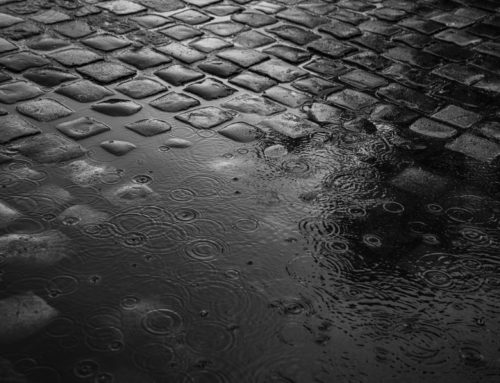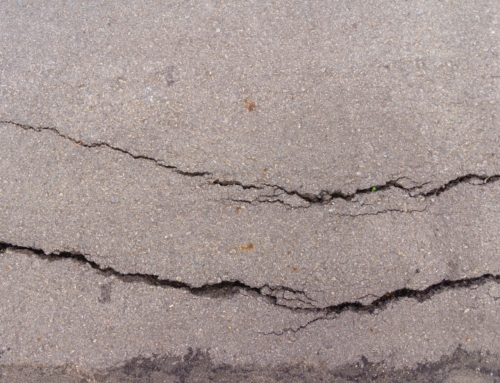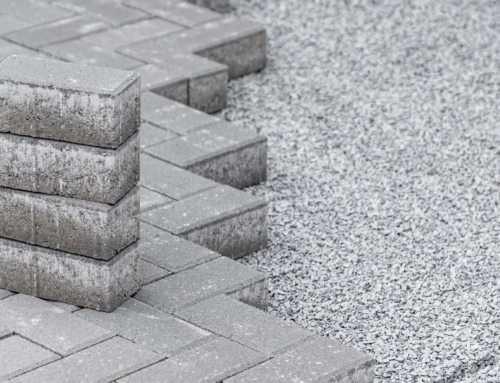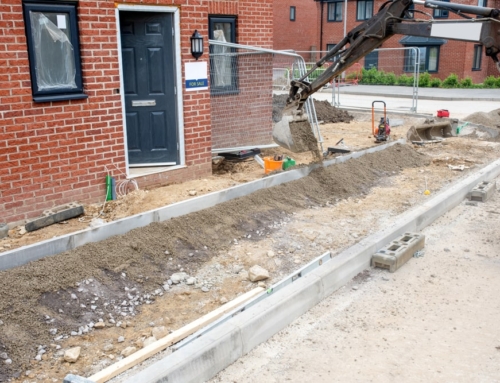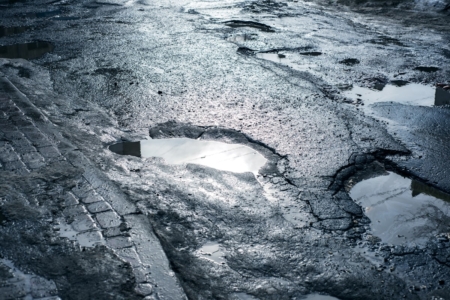
Surface issue FAQs
Have you spotted problems like road surface issues, poor water drainage or trip hazards? Whether it’s a road, driveway, car park or path, outdoor surfaces are consistently exposed to weather, traffic and natural wear and tear. Over time, this can lead to common surface issues that affect appearance, functionality and safety.
As a surfacing company, we’re often asked about the most frequent problems customers face and how they can be addressed. Here are your most common surface issue FAQs answered.
What causes cracking and surface breakup?
Surface cracks are one of the most noticeable issues, often caused by ground movement, heavy traffic and water seeping into the material before freezing in icy temperatures. Once cracks form in materials like asphalt and tarmac, they can expand and cause surface breakup if left untreated.
Regular maintenance, like sealing or resurfacing, can prolong the life of the surface and prevent more costly repairs.
Can you stop surface fading and UV exposure?
Sunlight and UV rays can cause tarmac, bitumen and other materials to fade over time, leaving spaces looking dull and worn. While fading is mostly a cosmetic issue, it can bring down the overall look and feel of a space, disrupt road or sports court markings, and make surfaces look old. It could also be an early sign of brittleness and surface weakening.
Protective sealants can reduce UV damage, maintain line markings and restore colour. For new installations, use high-quality materials designed to withstand sunlight exposure.
Is loss of surface texture a problem?
Surface texture is vital for good grip, particularly on roads, driveways and pathways. When texture wears away, it can make surfaces slippery, especially in wet conditions, increasing the risk of accidents and skids. This problem is usually caused by natural wear from vehicles, footfall and winter gritting.
Resurfacing or applying specialist treatments can restore texture and improve safety.
What are the most common surface trip hazards?
Trip hazards are a safety concern for homeowners and businesses, usually caused by uneven surfaces, loose materials, potholes or raised edges where the surface has broken down. These issues create risks for pedestrians and could even lead to liability claims.
Regular surface inspections and timely repairs eliminate trip hazards and keep outdoor areas safe.
How can you stop weeds from growing through surface cracks?
Weeds can find their way through the smallest of cracks, making surfaces look untidy while accelerating damage. Once established, roots can widen cracks and cause further deterioration.
For long-lasting results, repairing the surface properly is more effective than pulling the weeds out. You can also seal cracks early, apply weed control membranes beneath new surfaces, and use professional herbicides.
Can you fix water drainage issues on outside surfaces?
Poor drainage can lead to standing water, damaging surfaces and creating slip hazards. Drainage issues are usually the result of improper installation, lack of slope or blocked drains.
Solutions for this type of surface issue range from installing new drainage channels to resurfacing areas with improved gradients. Read more in our blog on: How to fix surface water damage & drainage issues
Get a free resurfacing quote in Surrey and South London
UK Surfacings Ltd is your local resurfacing contractor in Sutton, Weybridge and beyond. For more advice, speak to our contractors.

